Keeping the exterior siding and roof in order is a must if you’re looking to have not only an attractive curb appeal but also an exterior that is properly insulated and withstands the weather. To keep siding panels or roofing shingles from falling off you’ll need to keep them in place with something, this being nails, a construction material that’s as old as construction itself. However, we’ve come a long way since the traditional hammer and nails, as today we have something that is far more effective, easier to use, and much faster: the nailgun or nailer.
Siding and roofing require different types of nail guns, and so there are separate kinds of this tool for each of these surfaces. While the concept behind these two may be quite similar, that being shooting nails into a particular surface. However, they are specialized in handling different tasks and if you know which one to use, your exterior renovation project will be a huge success.
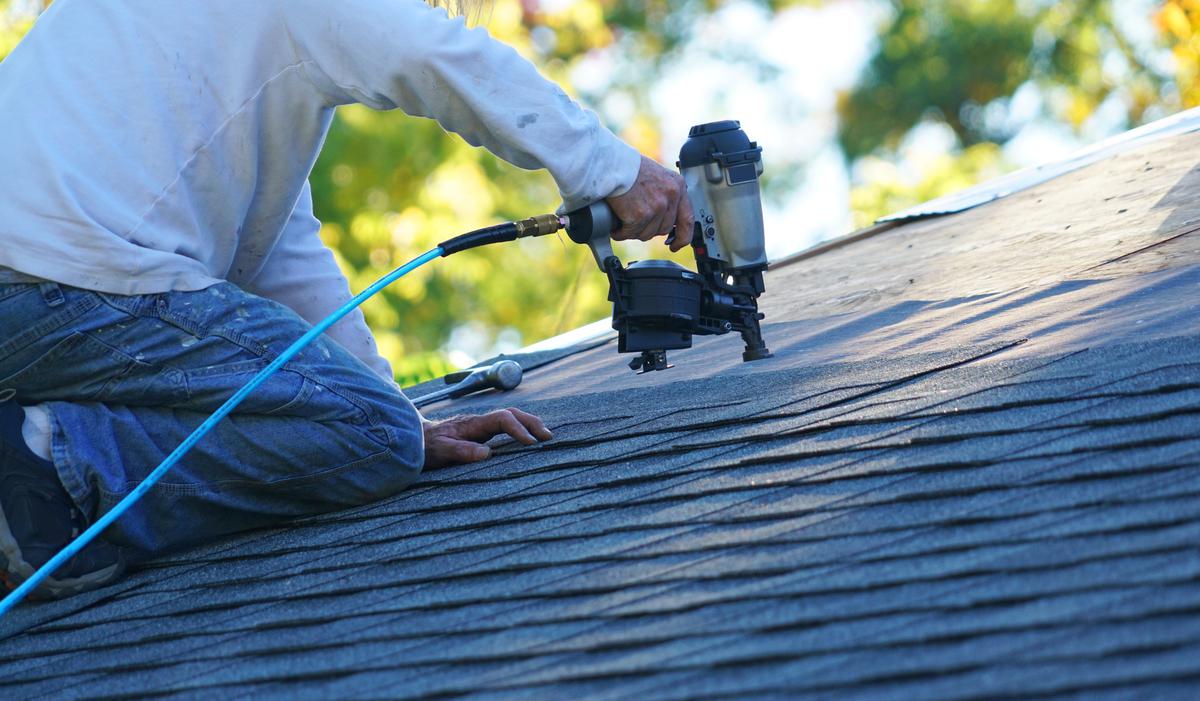
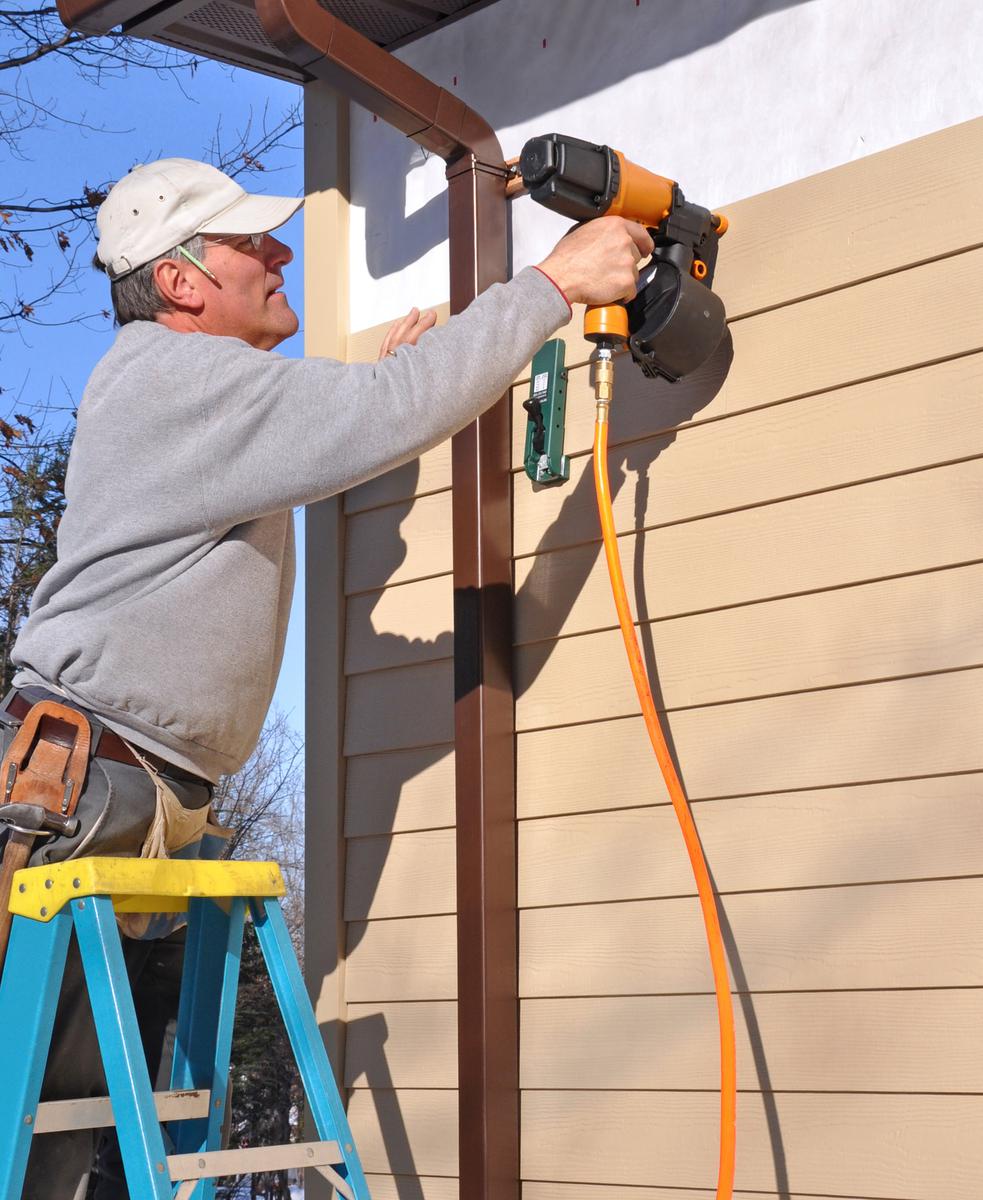
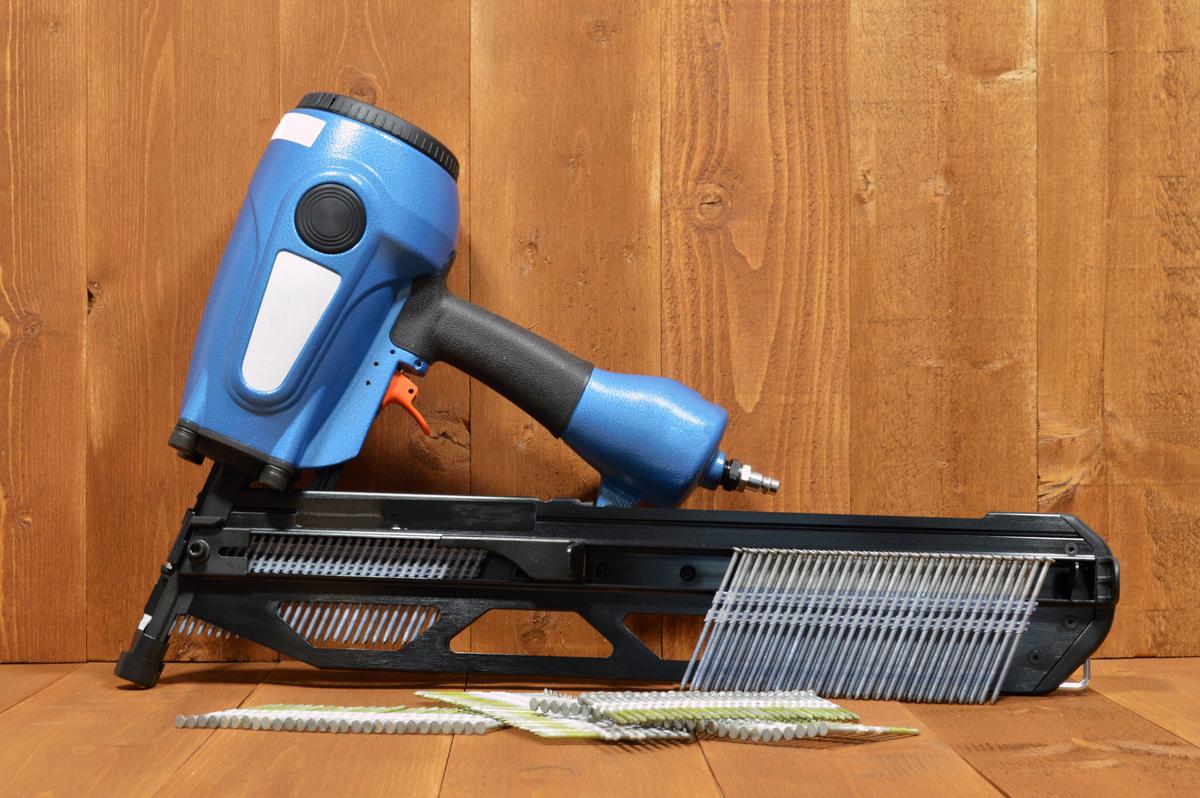
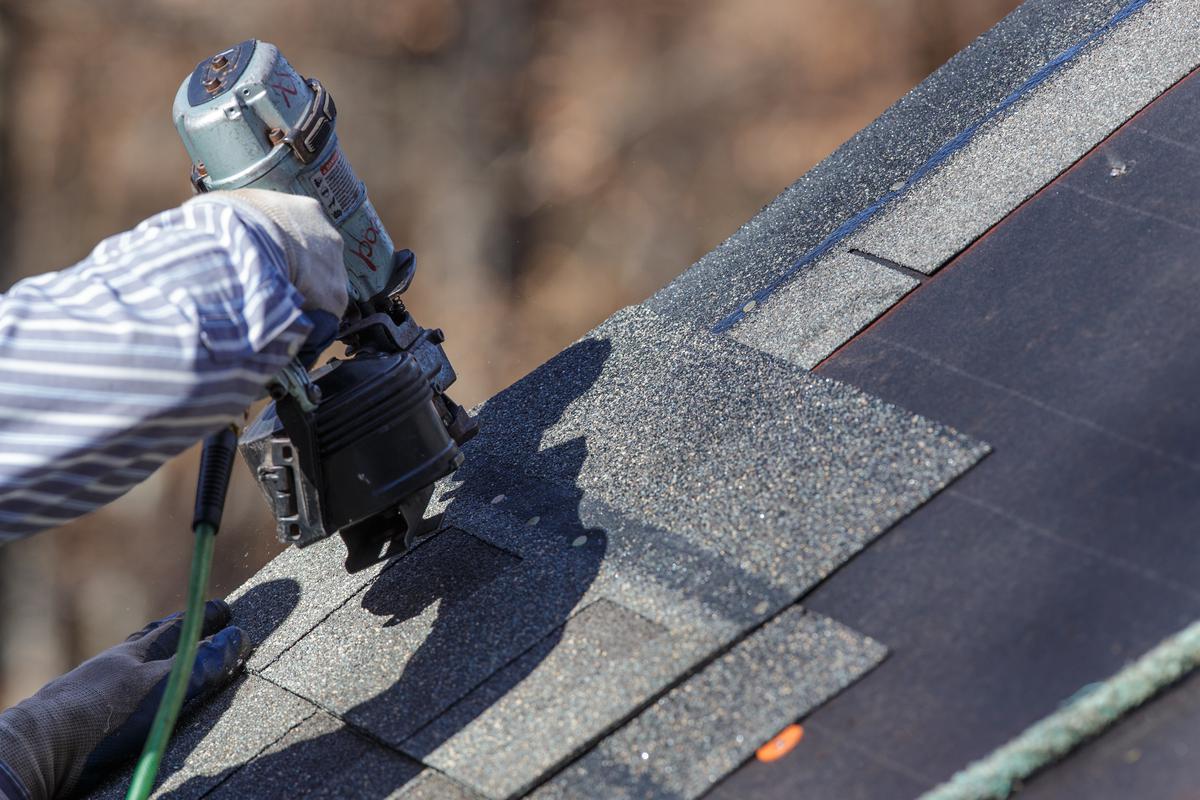
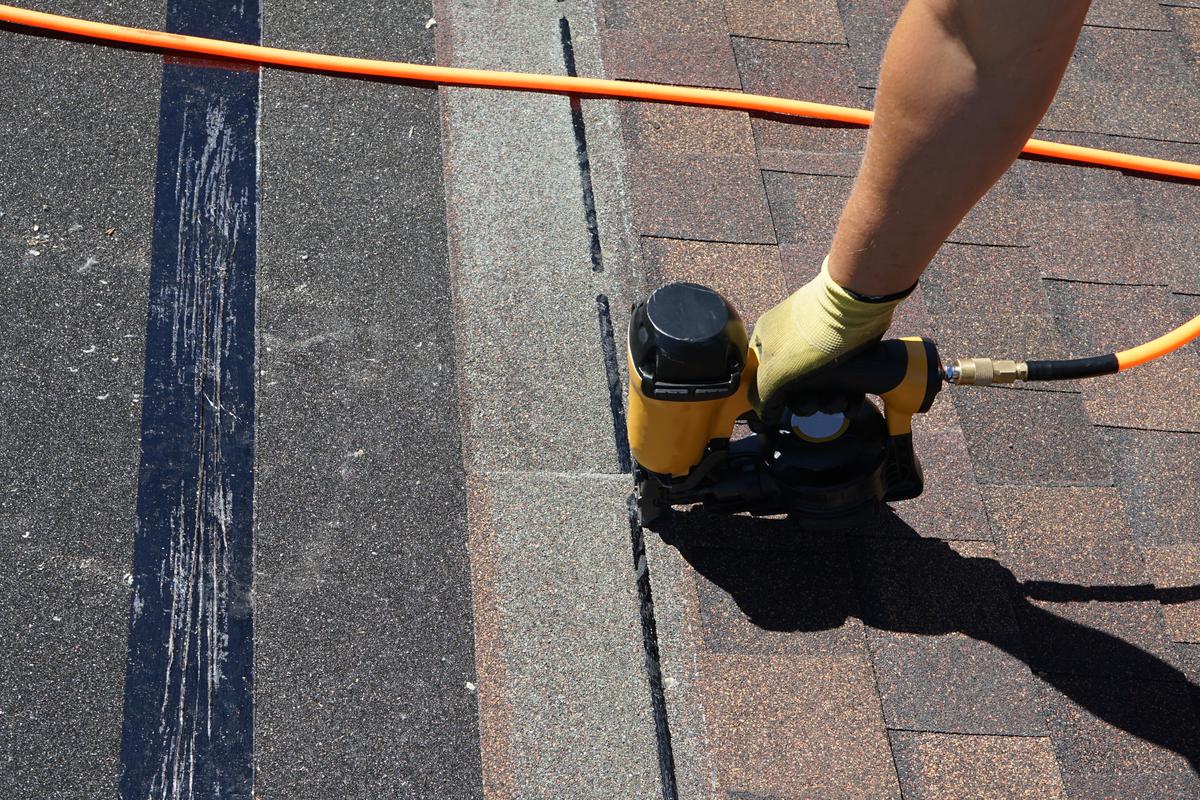
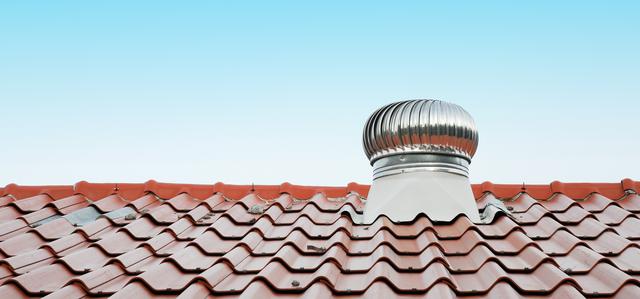
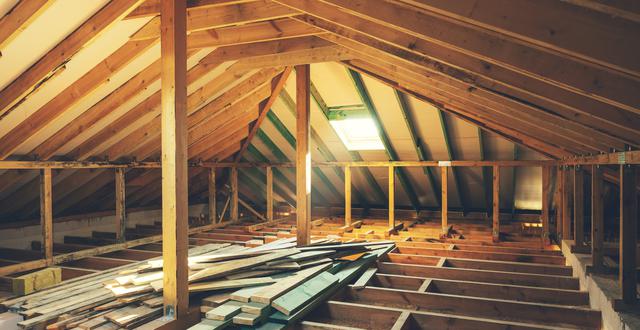
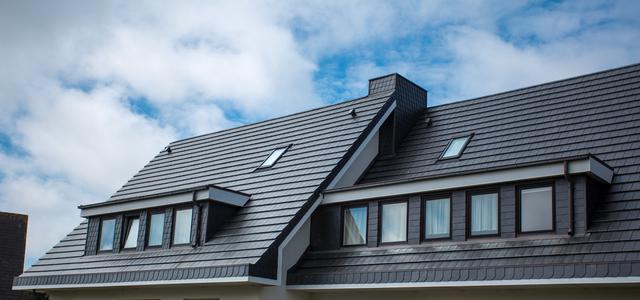
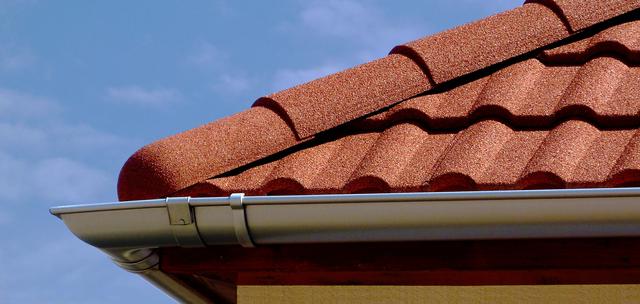
comments